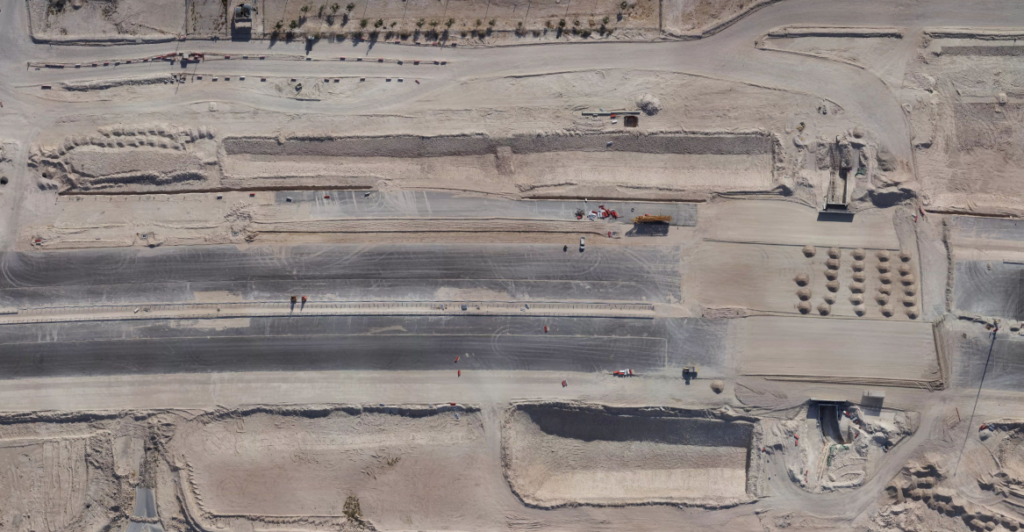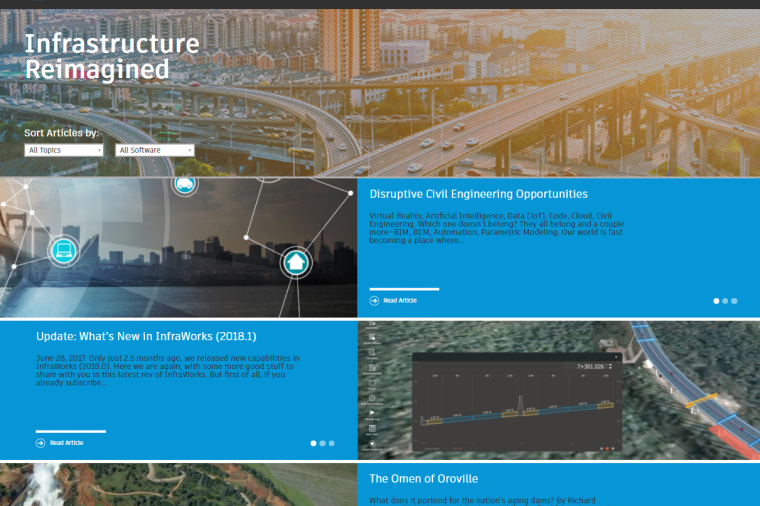How Drones and Civil 3D Speed Construction Site Surveying by 10X

Did you know that construction is anticipated to be the largest use case for commercial drones?
Drones can collect a site’s progress with a degree of accuracy previously unseen in the industry and reduce the amount of building site materials that end up in landfills. Furthermore, that sensor data can be turned into 3D models, maps, and volumetric measurements (which can help monitor and track costly gravel and sand inventory).
But making the business case for drones is still a requirement for many engineering firms.
Case in point, global engineering consultancy, Arcadis. Arcadis is helping the country of Qatar with its ambitious infrastructure construction goals in readiness for the 2022 FIFA World Cup. Arcadis sought to use drones on a massive highway project in the city of Doha – a 14 lane road with five vehicle lanes and two dedicated truck lanes – the Orbital Highway.
Given the size of the site and the goals of the project, Arcadis saw a great fit for drone surveying. But, to win the bid, they had to prove that drones could do the job accurately, compared to traditional methods.
To build their business case, Arcadis chose a representative site of three acres and ran a test survey using both methods. The drone technology chosen was 3DR Site Scan drone data platform from 3D Robotics, Inc (3DR) which features a high res Sony camera and integration with Autodesk software, AutoCAD Civil 3D.
Massive Time Savings, More Data Points, and Greater Detail
The first big difference between the two surveying methods was time. The traditional survey took three hours, while the drone survey only 20 minutes. The drone also captured more data points, 1,539,963 compared to the traditional method’s 197 points – creating a significant difference in the level of detail. This volume of data points also helped deliver more accurate earthwork volume quantities.
This test resulted in Arcadis getting the green light to go ahead with the Orbital Highway site capture. 34 drone maps (aka orthomosaics) were created. To produce volumetric calculations they were exported into LAS and TIFF files they were then used to generate raster data and surfaces in Civil 3D.
The project proved that drone surveys can be done 10x faster than traditional topographic surveys.
View the key results and outcomes of the project in this article from 3DR. Then read more about the 3DR and Autodesk partnership.

















































